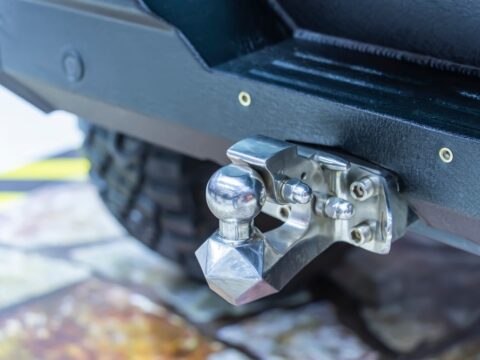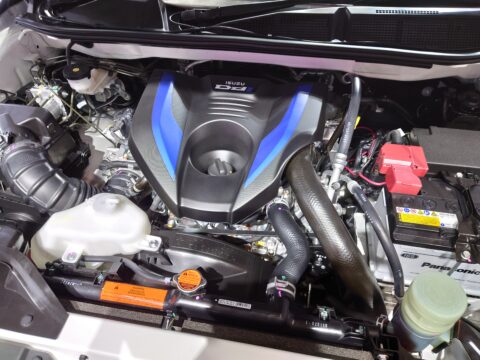The Lockheed Martin F-35, also known as the Lightning II, is a pinnacle of modern military aviation. This cutting-edge fighter jet combines advanced stealth technology, versatile mission capabilities, and a host of sophisticated systems to dominate the skies. Its development has been a significant milestone in aviation history, bringing together the expertise and resources of multiple nations to create a formidable force multiplier for today’s military operations. Delving into the fascinating aspects of the F-35 reveals why it is such a pivotal asset.
Contents
Advanced Stealth Technology
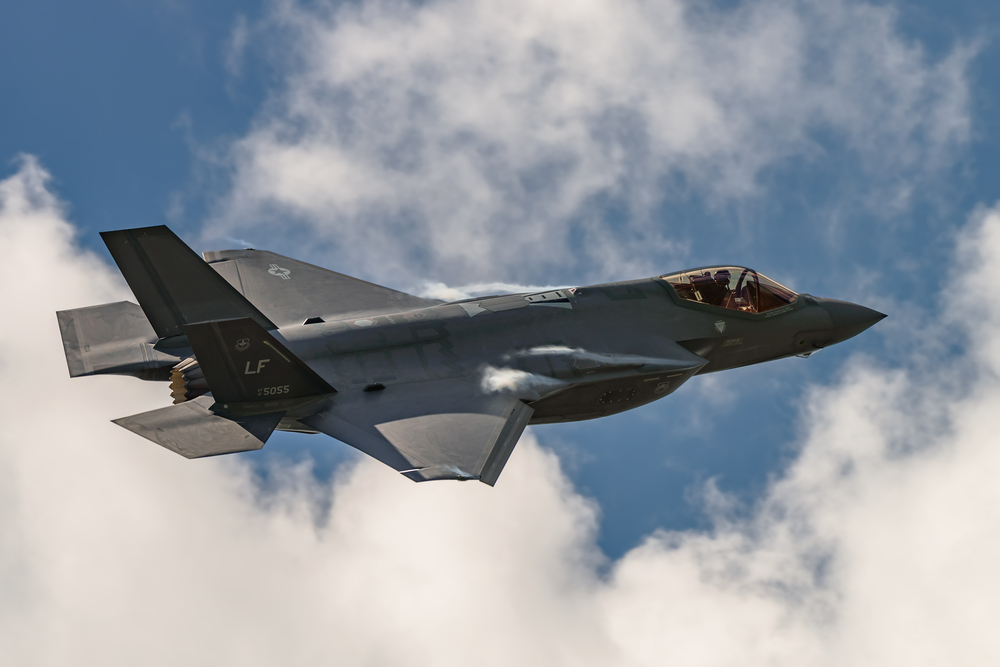
The F-35 is designed with advanced stealth capabilities, allowing it to evade radar detection. This technology is achieved through its shape, composite materials, and radar-absorbent coatings, making it difficult for enemy radar systems to track. This stealth capability gives the F-35 a significant tactical advantage in combat, allowing it to carry out missions undetected, ensuring higher survivability and mission success rates.
Force Multiplier
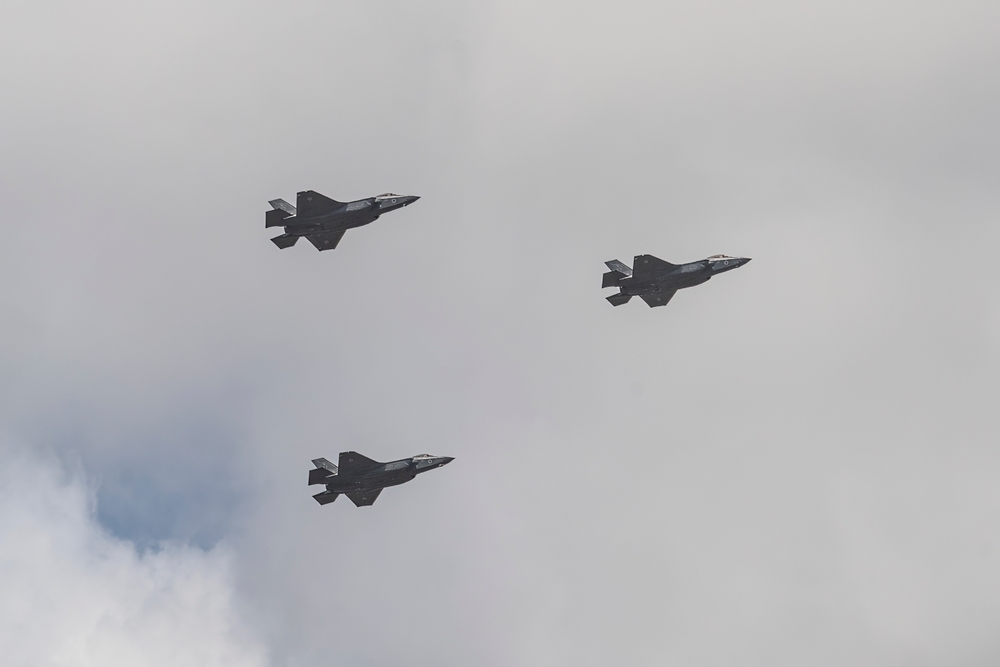
The F-35 serves as a force multiplier in modern military operations. Its advanced sensor suite and data fusion capabilities allow it to gather, process, and share vast amounts of battlefield information in real time. This data can be shared with other aircraft, ground forces, and naval units, enhancing overall situational awareness and enabling coordinated, effective combat strategies. The F-35’s ability to enhance the capabilities of allied forces makes it an invaluable asset in joint operations.
Multiple Mission Roles
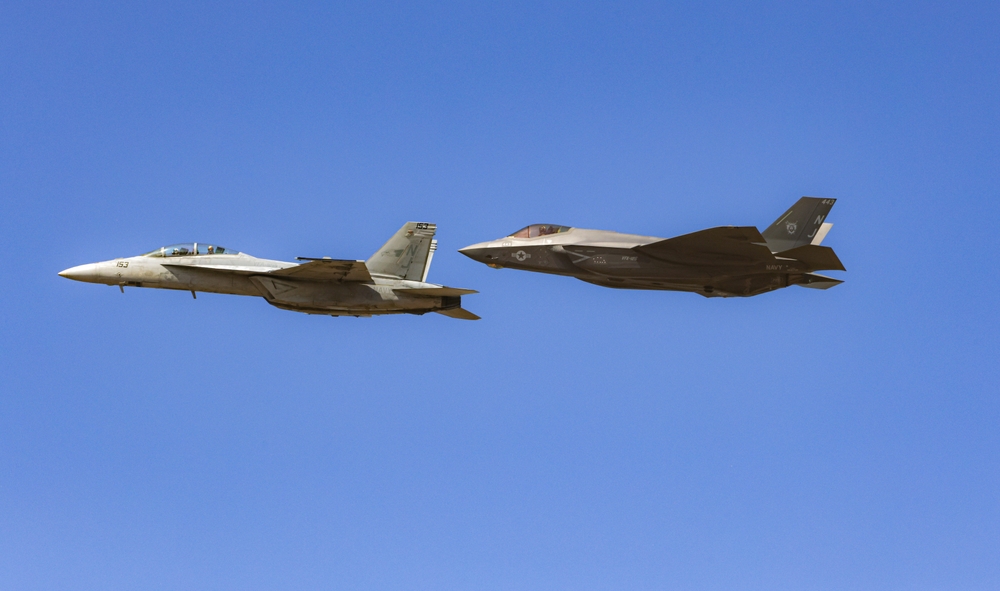
The F-35 is a versatile aircraft capable of performing a variety of mission roles, including air-to-air combat, air-to-ground strikes, electronic warfare, intelligence, surveillance, and reconnaissance. This multi-role capability reduces the need for different specialized aircraft, streamlining logistics and reducing operational costs. The F-35’s flexibility allows military forces to adapt to evolving threats and mission requirements effectively.
Supersonic Speeds
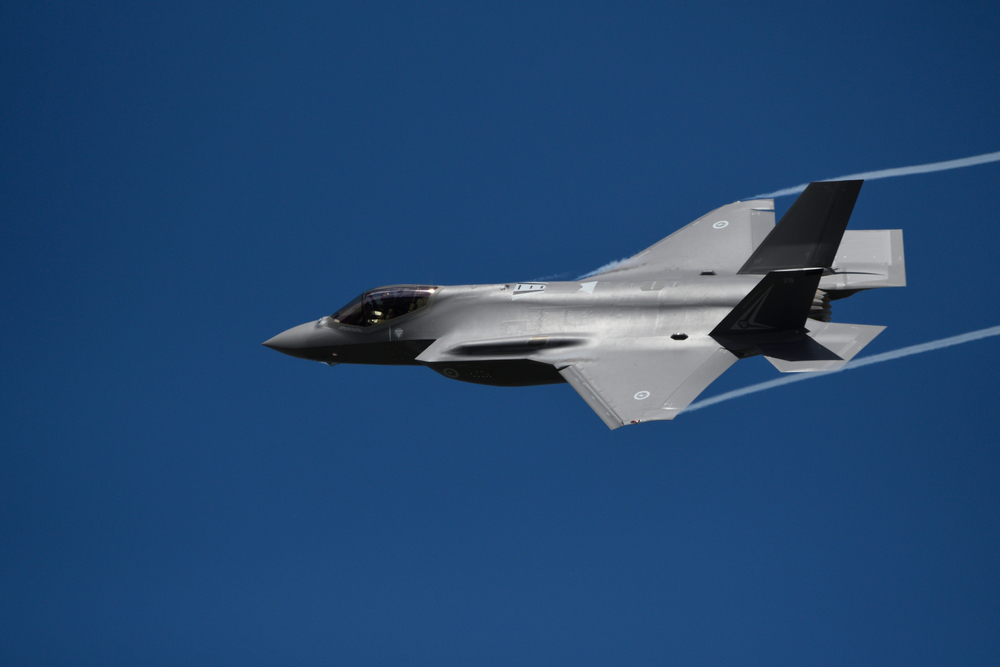
The F-35 is capable of reaching supersonic speeds, with a maximum speed of approximately Mach 1.6. This high-speed capability allows it to intercept enemy aircraft, evade threats, and cover large distances quickly. The combination of speed and agility makes the F-35 a formidable opponent in dogfights and ensures rapid response times in critical situations.
Advanced Avionics and Sensor Systems
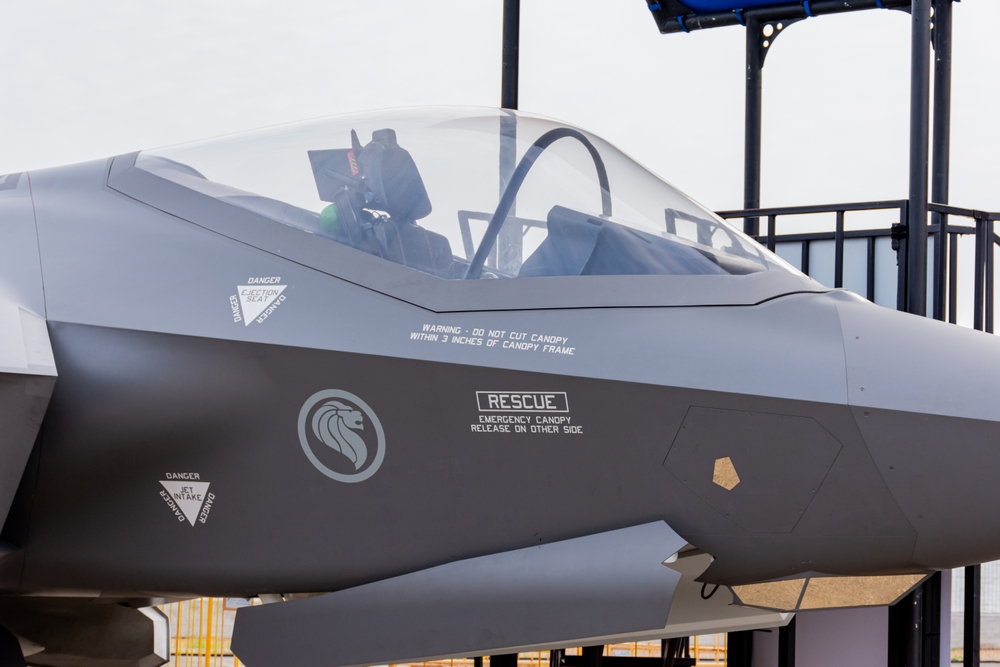
The F-35 is equipped with cutting-edge avionics and sensor systems, including the AN/APG-81 AESA radar, Distributed Aperture System (DAS), and Electro-Optical Targeting System (EOTS). These systems provide the pilot with unparalleled situational awareness, tracking multiple targets simultaneously and offering advanced targeting capabilities. The F-35’s sensor suite is integrated into its helmet-mounted display, allowing pilots to access critical information without taking their eyes off the battlefield.
Network-Centric Warfare Capability
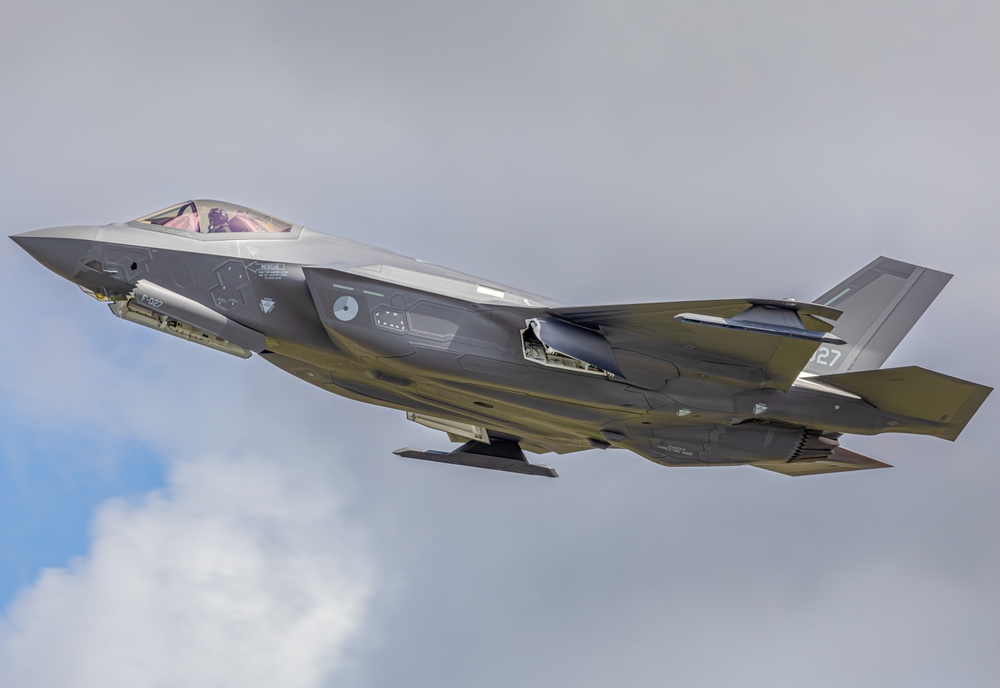
The F-35 is designed to operate within network-centric warfare environments, seamlessly integrating with other assets on the battlefield. Its advanced communication systems allow it to share data with other F-35s and allied forces, enhancing coordination and mission effectiveness. This capability enables the F-35 to act as a central node in a larger network of assets, amplifying the effectiveness of the entire force.
Short Takeoff and Vertical Landing (STOVL) Capability
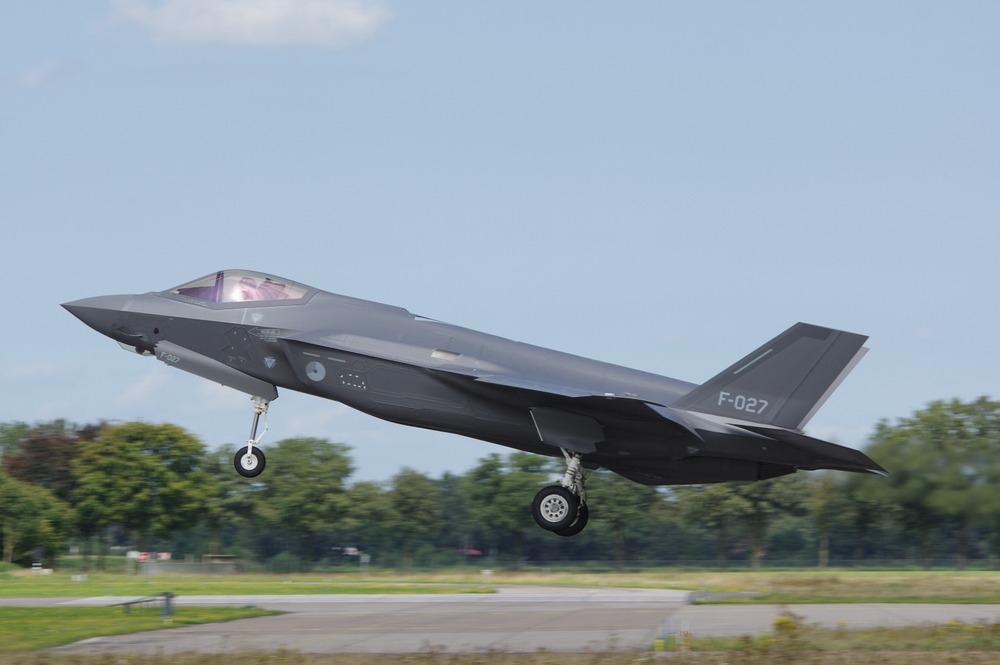
The F-35B variant is designed with STOVL capabilities, allowing it to take off from short runways and land vertically. This feature is particularly valuable for operating from aircraft carriers and forward-deployed bases with limited infrastructure. The STOVL capability enhances the flexibility and operational reach of the F-35, enabling it to support a wide range of missions in diverse environments.
Enhanced Survivability
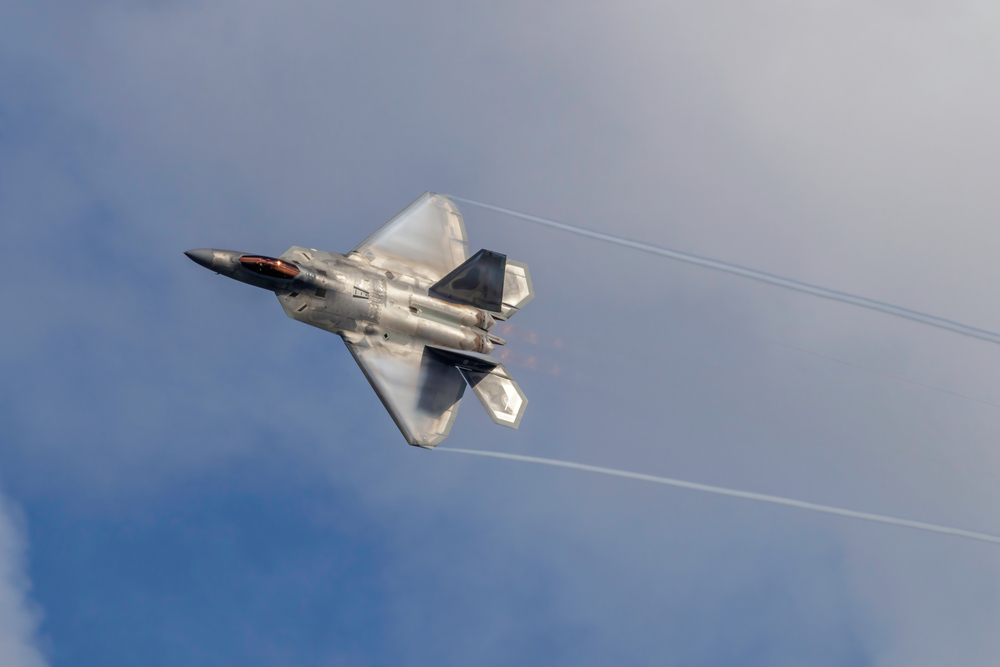
The F-35’s design incorporates numerous features to enhance survivability, including its stealth capabilities, advanced electronic warfare systems, and integrated countermeasures. These features allow the F-35 to detect and evade threats, jam enemy radar and communications, and deploy countermeasures to protect against missile attacks. The combination of these systems ensures that the F-35 can operate in highly contested environments with a reduced risk of being targeted or shot down.
Global Partnership and Production
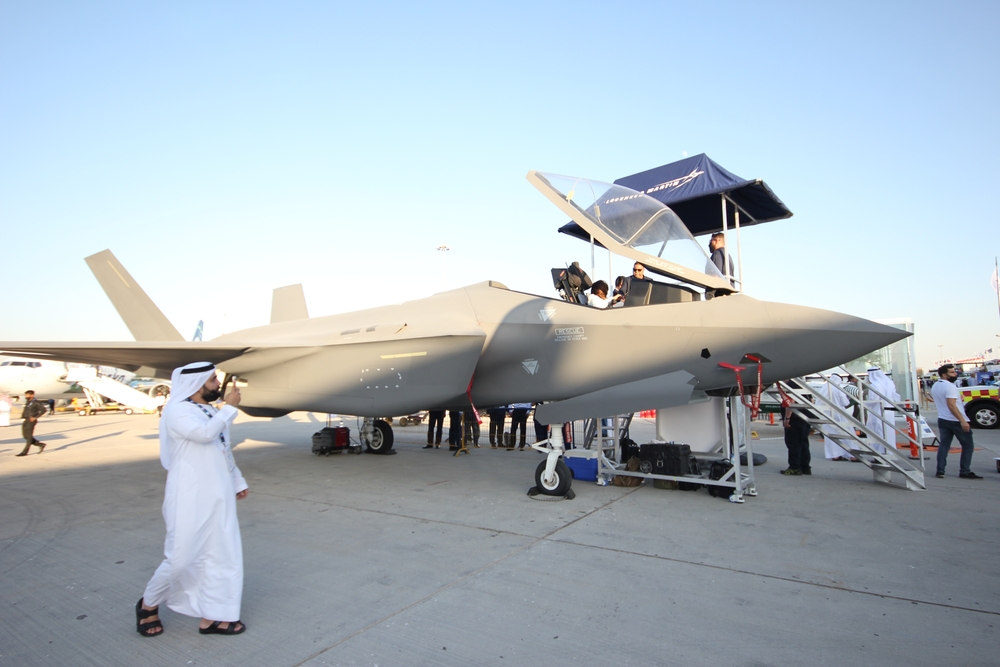
The F-35 program is a global partnership involving multiple countries, including the United States, United Kingdom, Italy, Netherlands, Australia, Canada, Denmark, and Norway. This international collaboration has led to shared development costs, interoperability among allied forces, and a broad base of support for the aircraft. The F-35’s global production network ensures a steady supply of components and maintenance support, enhancing its operational availability and sustainability.
Advanced Training and Simulation
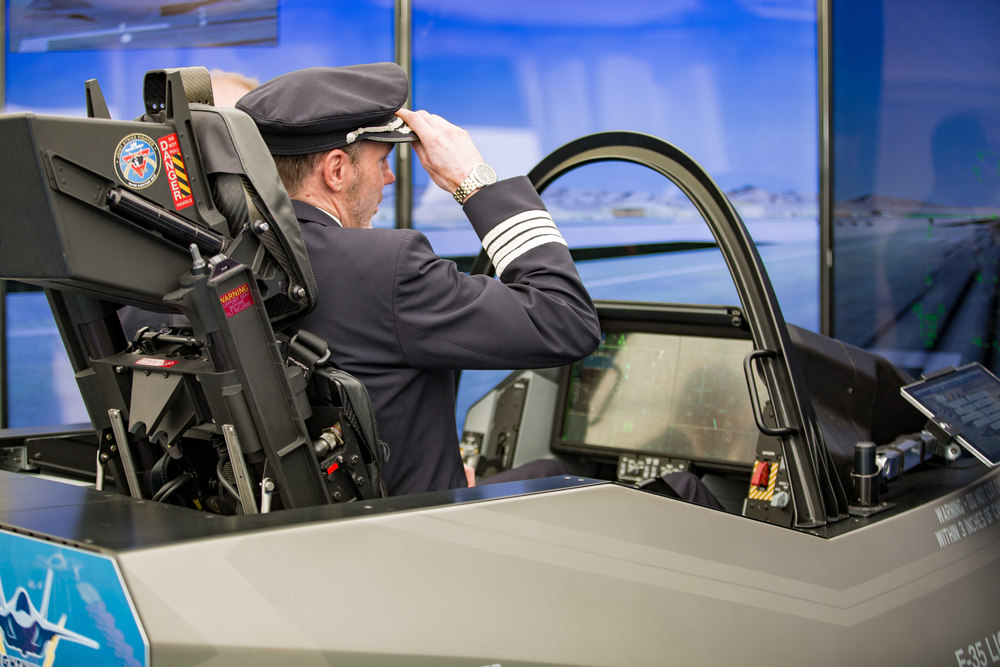
The F-35 program includes state-of-the-art training and simulation systems, providing pilots with realistic and immersive training environments. These systems allow pilots to practice a wide range of scenarios and mission profiles, enhancing their proficiency and readiness. The advanced training infrastructure ensures that F-35 pilots are well-prepared to operate the aircraft effectively in combat situations.
This article originally appeared on MyCarMakesNoise.
More from MyCarMakesNoise
15 Underrated Vintage Motorcycles to Check Out

Venturing into the realm of forgotten vintage motorcycles unveils a treasure trove of two-wheeled gems that have quietly slipped away from the mainstream spotlight. These bikes, each boasting a blend of classic charm and modern features, offer more than just a ride – they provide a unique slice of motorcycling history and a distinctive style that sets them apart from contemporary models. Read More.
14 Interesting Facts About the BMW M3

The BMW M3 is a legendary sports car known for its blend of performance, style, and innovation. From its motorsport origins to its cutting-edge technology, the M3 has captivated car enthusiasts for decades. Read More.
8 Amazing Feats Achieved by Space Shuttles

The space shuttle program was a cornerstone of space exploration, achieving remarkable feats over its 30-year history. From deploying iconic telescopes to enabling international cooperation, these versatile spacecraft transformed our understanding of space. Read More.



